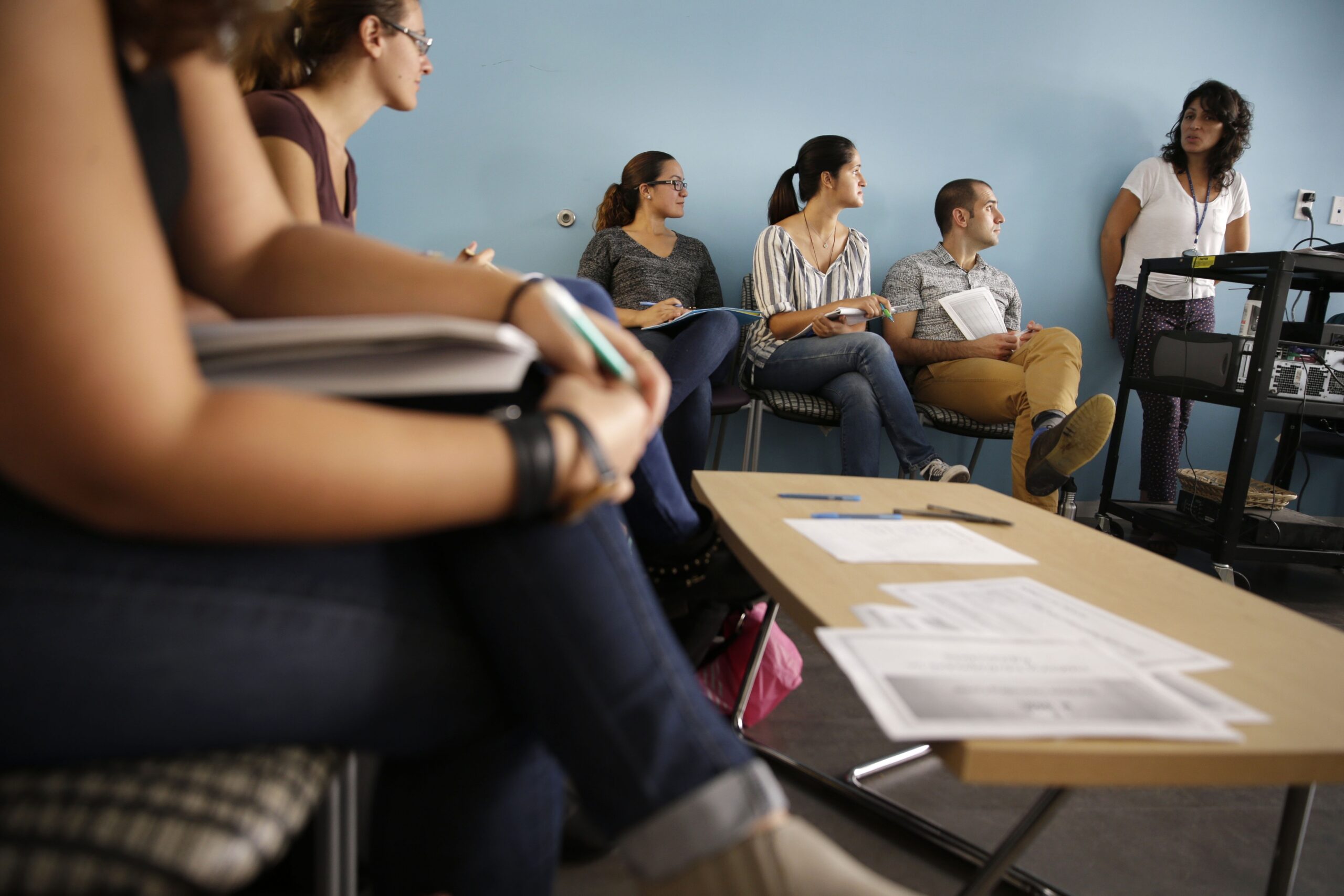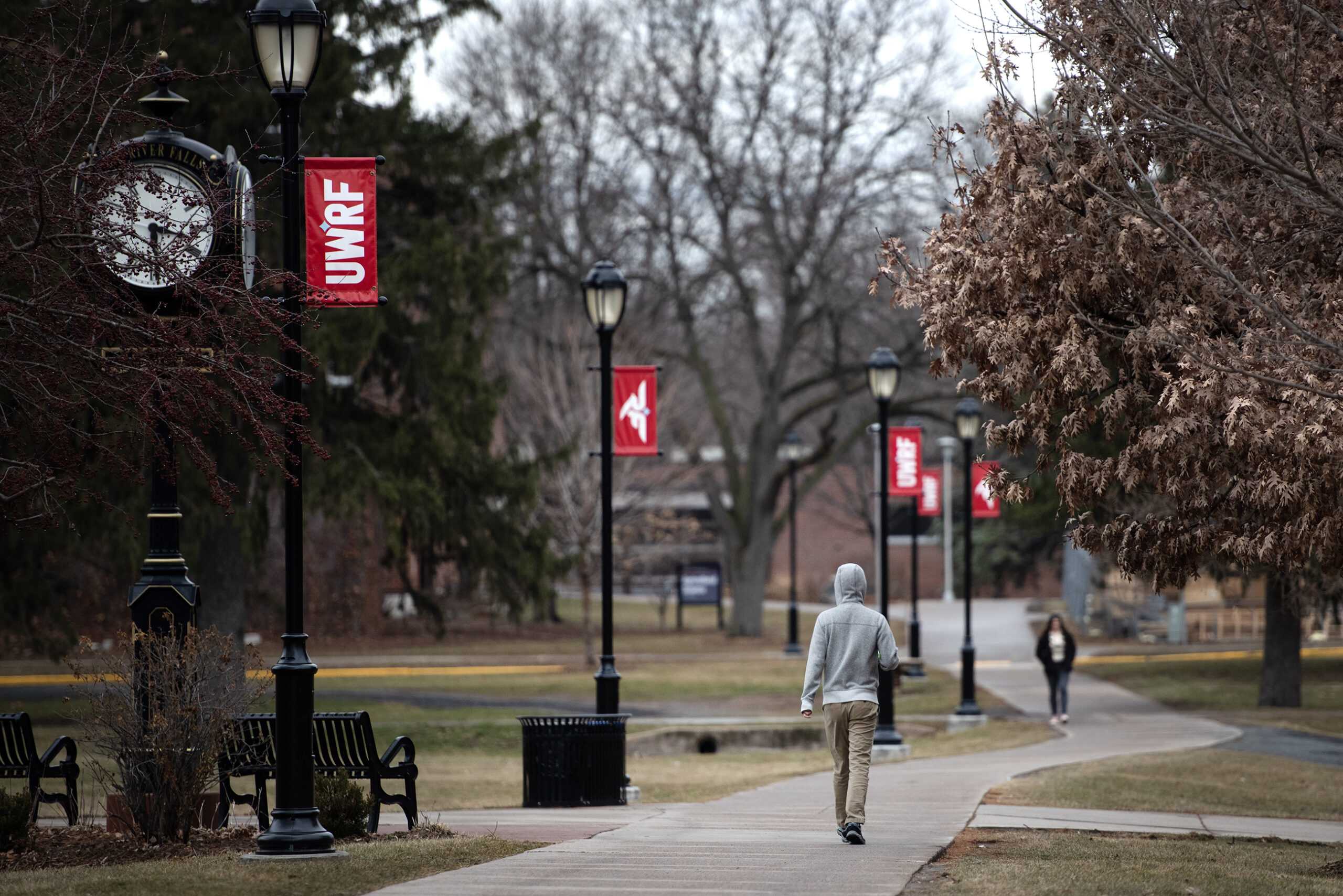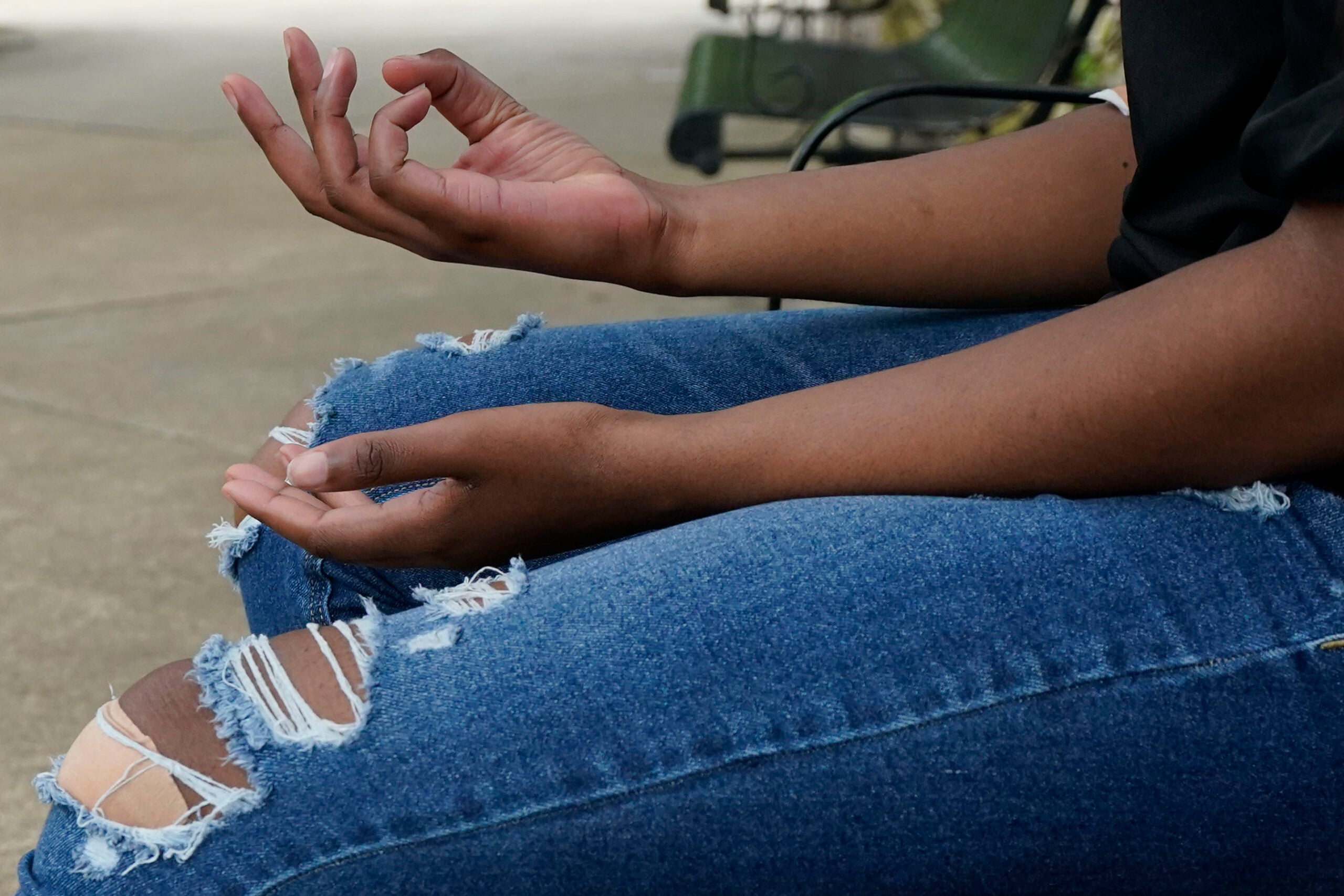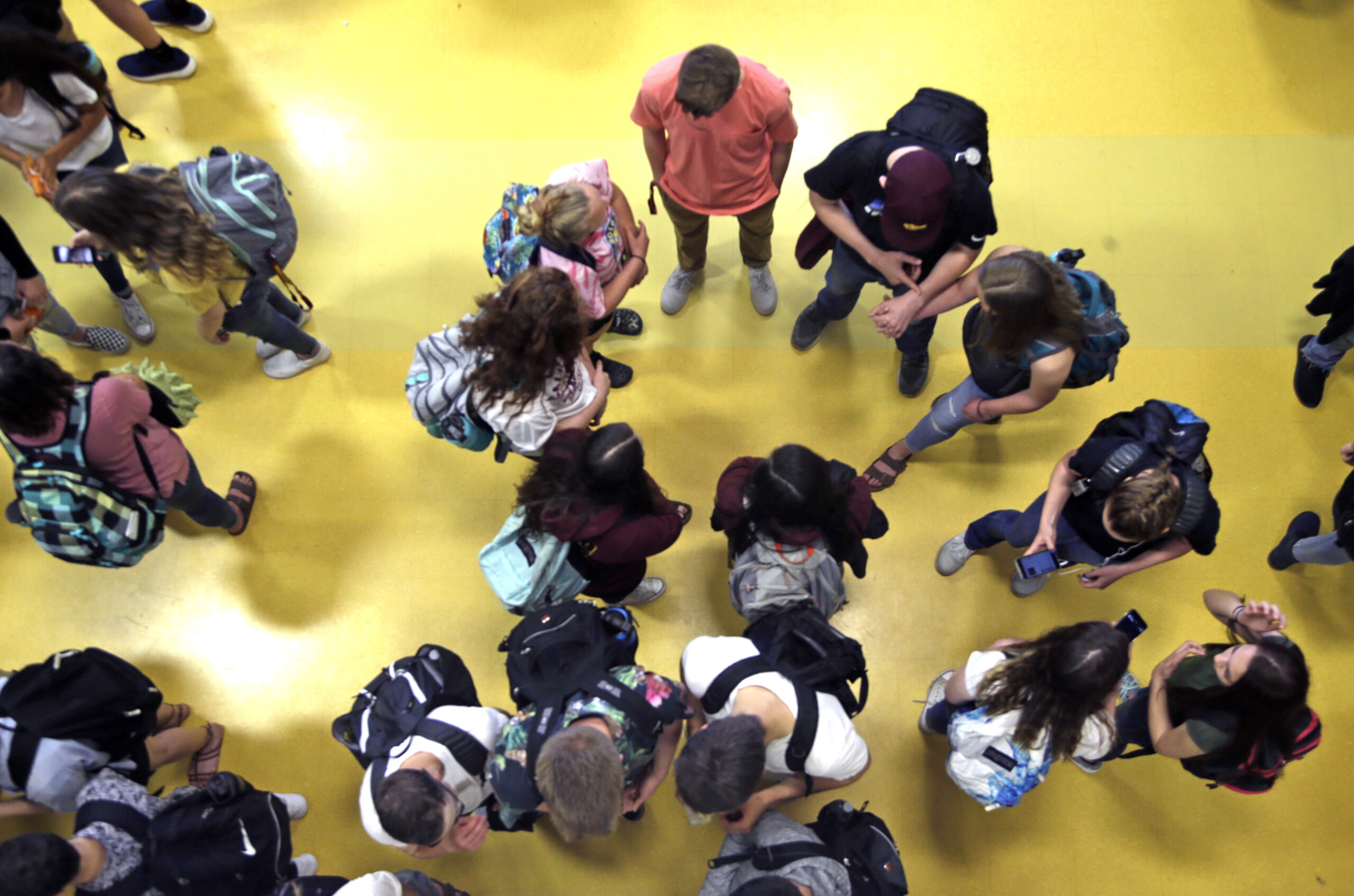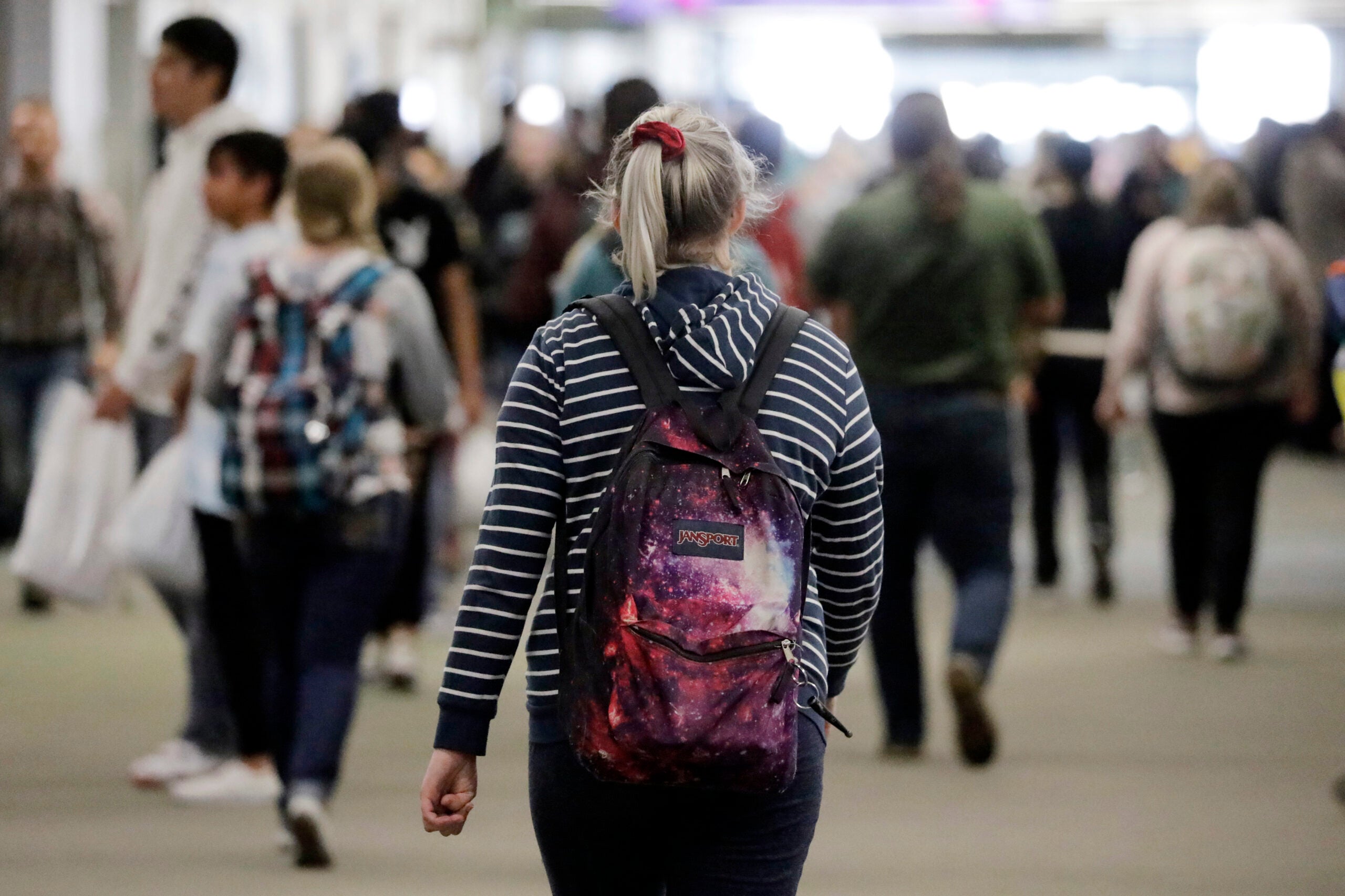Reports of anxiety, depression and suicide are increasing among Wisconsin’s youth. That’s according to a new annual report from the state’s Office of Children’s Mental Health.
The report looked at data from 2021 and 2022 and found that the number of students reporting they feel “sad and hopeless almost every day” increased by 10 percent over the last decade.
In addition, of Wisconsin high school students, 22 percent reported self-harm, 34 percent felt sad or hopeless and 25 percent of females seriously considered attempting suicide.
Stay informed on the latest news
Sign up for WPR’s email newsletter.
Amy Marsman is the senior research analyst for the Office of Children’s Mental Health. During a legislative briefing Friday, she said new data shows significant jumps in youth mental health concerns compared to five years ago.
“Kids who feel connected to their school (are) steadily dropping overtime,” Marsman said. “Meanwhile, a third of high school students report being depressed and, most tragically, half of LGBT youth in Wisconsin have seriously considered suicide.”
The report found that having even one accepting adult in the life of a child who identifies as LGBTQ+ can reduce the risk of a suicide attempt by 40 percent.
Other data on youth mental health pointed to large disparities based on race, income and sexual orientation.
According to the report, poverty has consistently been linked to increased risk of mental health issues. In Wisconsin, 1 in 10 children live in poverty.
Having a sense of belonging at school has also seen a steady decline — and it’s most pronounced among students of color. Only 51 percent of Hispanic students reported feeling they belong at school, compared to 57.6 percent of their Black peers and 64.8 percent of white students.
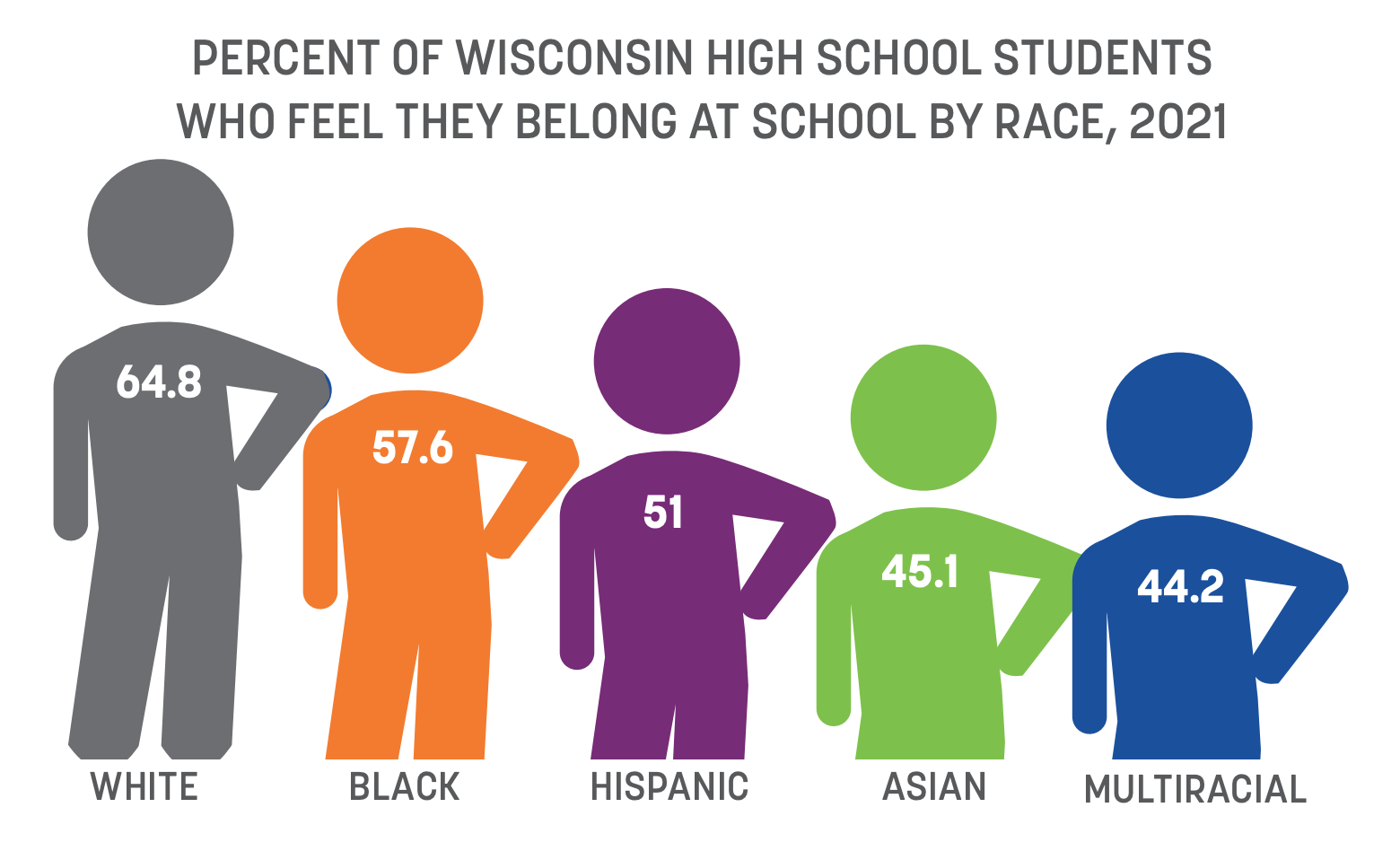
That sense of belonging has dropped in large part due to the COVID-19 pandemic. Transitioning to virtual learning made it difficult for teens to maintain friendships.
Ava Pellegrino is a student at Mukwonago High School. She said her social anxiety and situational depression peaked after the COVID-19 pandemic.
“I think COVID is a timeframe many pinpoint as the start of the increase in mental health issues. However, I do feel these issues were on the rise even prior to COVID, and perhaps COVID gave us the reason we needed to seek the help, to speak up about issues that have been left unaddressed for decades,” Pellegrino said during the legislative briefing.
Pellegrino emphasized the importance of schools providing time for students to socialize, without screens.
“Increasing social connectedness and creating safe stable relationships is only the beginning to help aid children and their mental health,” Pellegrino said, adding that she hopes state lawmakers increase mental health support in Wisconsin schools.
The report did find the number of school-based mental health professionals has risen, in part due to federal pandemic relief funds. That becomes increasingly important as roughly 75 percent of kids who receive mental health treatment get that care at school.
Despite the rise, Wisconsin’s professional to patient ratio is 440 to 1, whereas the national recommendation is 250 to 1.
If you are struggling with thoughts of suicide, call 988 for the Suicide and Crisis Lifeline. You can also text HOPELINE to 741741 for the free and confidential Crisis Textline.
Wisconsin Public Radio, © Copyright 2025, Board of Regents of the University of Wisconsin System and Wisconsin Educational Communications Board.
